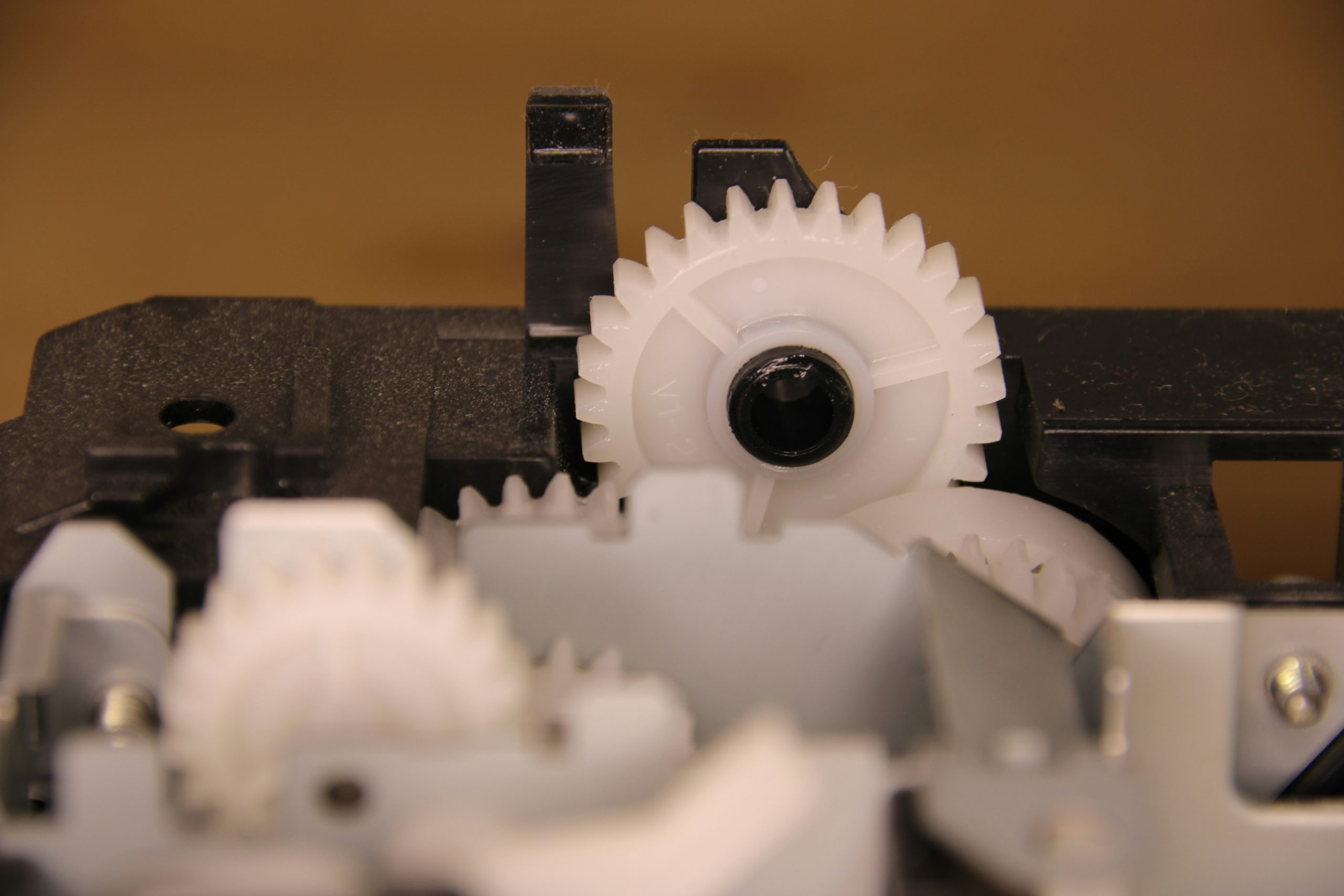In Brief: Key Takeaways
- Micro-decisions fueled by AI are working behind the scenes to refashion shop floors tuning performance in real-time without interrupting workflows.
- Small, targeted interventions are propelling big improvements in crucial manufacturing process optimization.
- ROI on micro-decision systems is quantifiable and expanding, making them a strategic, not test, asset.
- The future of manufacturing efficiency doesn’t involve complete overhauls but rather embedded, smart augmentation.
Why Micro-Decisions Matter?
Large-scale overhauls are no longer necessary for manufacturing efficiency. AI makes it possible to make constant, real-time micro-adjustments, like changing manufacturing process optimization spindle speeds or airflow, which add up to significant gains. These micro-decisions, made autonomously, cut down waste, enhance productivity, and keep production running without interruption.
A Closer Look at Micro-Decisions in Industrial Operations
Micro-decisions refer to rapid, data-driven optimizations made at the machine or process level, often go unnoticed by manufacturing process optimization but are crucial in driving performance. These are made possible by changes in automation, IoT, and real-time analytics technologies.
Key contributors include:
- High-frequency sensor data capture, with granular insight into operations.
- Machine learning models, trained on both historical and real-time data to recognize patterns and forecast optimal action.
- Edge-based decision-making helps reduce delay and allows the system to respond right away.
- Closed-loop feedback systems to dynamically modify parameters for tuning performance in real time.
Unlike conventional automation systems that rely on static rules, AI-based micro-decision frameworks continuously improve smarter, more efficient results with each cycle by learning, adjusting, and rebalancing operational variables.
Performance Areas Influenced by AI Micro-Decisions
AI-driven environments consistently outperform human-tuned settings, with research indicating manufacturing process optimization a performance gain of as much as 25-40% in important operational areas, specifically in the following:
- Production Throughput
AI continuously adjusts feed rates, buffer timing, and cycle length in real-time, optimizing output while maintaining rigid tolerance limits.
- Quality Control
By identifying small irregularities using computer vision or sensor fusion prior to defect formation, AI increases first-pass yield rates and overall product quality.
- Energy Optimization
AI optimizes power usage by adapting according to load, weather, or production demand, significantly minimizing energy wastage without the requirement for human intervention.
Real-World Examples of Micro-Decisions
Here are some actual instances of how AI-powered microdecisions are manufacturing process optimization , boosting speed and accuracy, reducing downtime, and improving flexibility:
- Symbio Robotics at Ford
At Ford’s Livonia transmission plant, Symbio’s AI system continually adjusts robotic arm motions to assemble torque converters. Micro-level adjustments optimize every manufacturing process optimization step of the process using feedback in real time. The result was a 15 percent boost in cycle speed and more uniform output, achieved without need for human intervention. The system shows how micro-decisions can propel measurable gains in throughput and efficiency.
- TRUMPF VisionLine + EasyModel
TRUMPF uses VisionLine and EasyModel to integrate AI into its laser welding equipment. The system adjusts the laser targeting in real time and adjusts to minor changes in part location. Such automatic real-time adjustments lead to extremely accurate welds without human calibration or operator intervention. It points out how AI systems, through constant micro-decisions, improve production quality while decreasing dependence on manual operations.
- Apera AI in Robotics
Apera AI gives conventional industrial robots real-time vision intelligence so they can recognize and react to various product orientations and types instantly. The system does not require reprogramming and cuts downtime manufacturing process optimization by a large percentage. Apera AI users have seen up to 99% accuracy in picking and increased flexibility in mixed-product lines made possible by continuous micro-decisions that dynamically modify robot behavior in real-time.
Deployment Insights: How to Start Small and Scale Fast
AI adoption within manufacturing doesn’t have to start with wholesale transformation. Here’s how you can follow a targeted, results-focused approach from initial deployment to overall impact:
- Start with a micro-process
Identify a high-volume, high-repetitive, or high-defect process. These targeted processes typically represent the greatest potential for early gains in efficiency at low implementation risk.
- Use lightweight AI modules
Choose edge-first architectures that allow real-time performance with low latency. Such a setup is also reliable in networks where connectivity cannot always be guaranteed.
- Use pragmatic metrics to measure ROI
Evaluate the impact by comparing KPIs such as unit energy consumption, first-pass yield, and overall equipment effectiveness (OEE). These metrics allow one to measure the value added by AI in terms of quantifiable figures.
- Create momentum through phased scaling
Once you’ve proved initial success, you can duplicate and apply the solution to other micro-processes. Every successful implementation paves the way for growing across operations with confidence.
At ProcesIQ, we’re applying this same approach, helping manufacturing process optimization , prove impact, and scale AI-powered micro-decisions with confidence.
Expert Considerations Often Missed
- Model Frequency of Retraining
Periodic retraining of AI models is necessary to keep them accurate as conditions evolve. Conditions such as manufacturing process optimization variability in raw materials, sensor drift, and equipment degradation can compromise model performance over time if not resolved by planned updates.
- Edge vs. Cloud Trade-offs
Complex choices requiring immediate response are optimally managed at the edge to prevent processing latency. On the other hand, cloud systems help collect data over time, track performance, and improve AI models for larger operations.
- Human-in-the-Loop (HITL)
For safety, regulatory compliance, or regular exception workflows, human oversight built into the process guarantees that AI suggestions are verified in real-world scenarios—adding reliability and accountability.
Designing for Real-World Complexity
Manufacturing process optimization is subjected to variation in raw materials, machine state, and operator input, decreasing efficiency by as much as 20%.
AI-powered micro-decision systems detect changes in real time and adapt accordingly, increasing responsiveness by 30% and ensuring steady performance.
Final Word: Precision, Not Disruption
Efficiency today isn’t about drastic changes, it’s about continuous, smart evolution. AI micro-decision systems are already making a difference by identifying and acting on small, yet impactful adjustments that even experienced engineers might miss in real time.
At ProcesIQ, we focus on integrating precision into your current processes, not pushing for drastic changes.
Because sometimes, the most significant improvements come from the smallest decisions that, over time, can transform everything.


